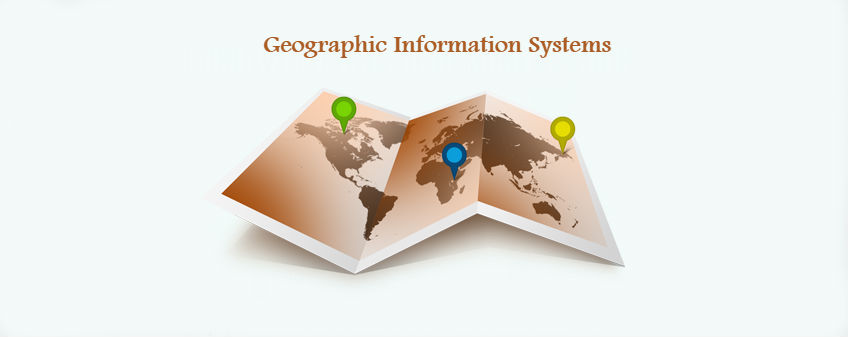GST may bring a lot of relief to the real estate sector. GST council has announced the statutory tax rates under the Goods and Services Tax (GST) and same will be become effective from 1 July, 2017. These new GST will replace all applicable indirect taxes. While some goods and services are going to get cheaper, some are set to get taxed more.
Under-construction properties will attract the Goods and Services Tax (GST) rate of 12 percent which is likely to keep the impact neutral or positive for homebuyers. Currently, a homebuyer has to pay several indirect taxes, including excise duty, value-added tax and service tax, which amounts to a tax outgo of about 11 per cent, excluding STAMP DUTY.
These, barring stamp duty, would be subsumed in GST under the new indirect tax regime that will also allow input tax credit for developers. The real estate sector, is awaiting clarity on the abatement rate for the land cost.
Completed and ready-to-move-in properties will also be exempted from the new GST taxes. However, stamp duty and property taxes will most likely be applicable to immovable properties as usual.
GST will impart more transparency to the sector, which faces a perception issue. GST would provide an audit trail for better control and monitoring of the sector.

